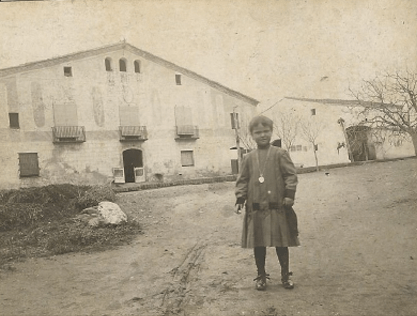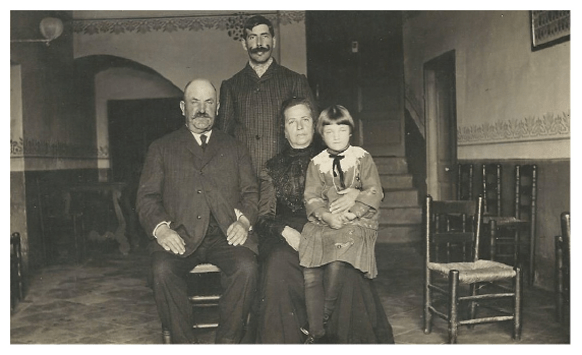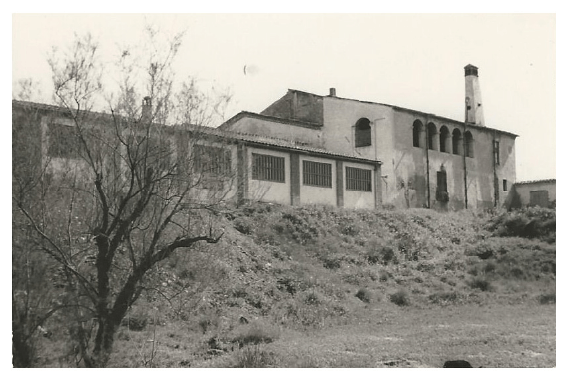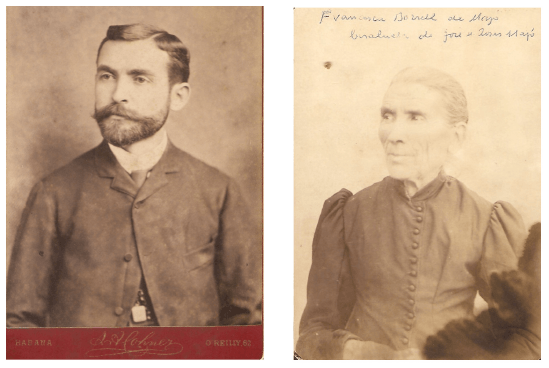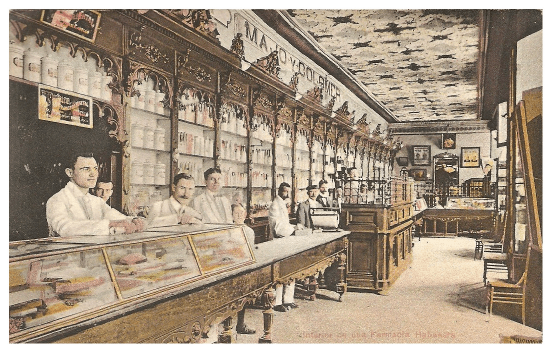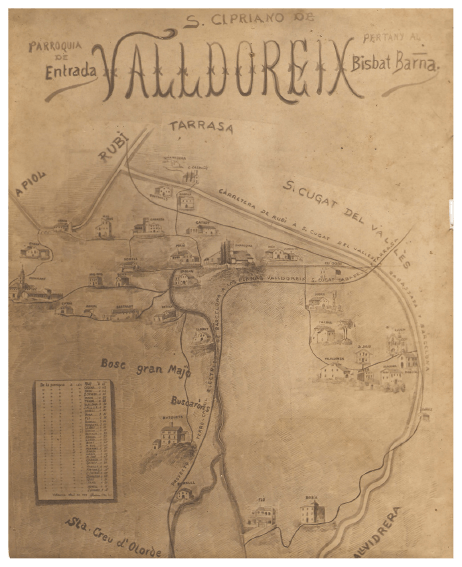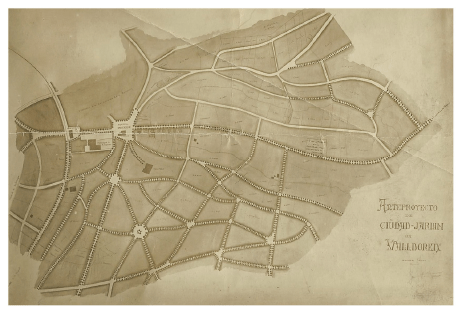The Rosàs – Majó family has always had very close ties to Sant Cugat and Valldoreix. Very liberal in his thinking, in the 19th century the grandfather of my great-great-grandfather, Francesc de Asís Majó i Fatjó, took part in the Peninsular War as a very young man. He became head of the Liberal Militia and mayor of Sant Cugat del Vallès for most of the time between 1830 and 1850. He also led the revolt of 1835 against the Carlists and the Monastery of Sant Cugat, taking advantage to force the last monks to leave and burn the monastery documents that gave the church power over most of the property in Sant Cugat.
This involvement in local politics has been common among the past 5 generations, with my great-grandfather Albert Rosàs i Macià serving as mayor of Sant Cugat from 1945 to 1947 and my father Jesús Rosàs acting as mayor of Valldoreix.
Beyond political activities, Can Majó was also an important driving force for the current city model in Valldoreix, which only has single-family homes and is not oversaturated from subdividing properties, as is seen in Rubí, Terrassa and Cerdanyola. Among others, Can Majó ceded huge tracts of land for public schools in Valldoreix in the early 1960s.
All of this rich history, full of anecdotes and details, has been passed down from parents to children and is reflected today in the estate. There is a reason behind every nook and cranny of the estate. And I would love to explain it to you in person.
Josep Rosàs i Espejo


